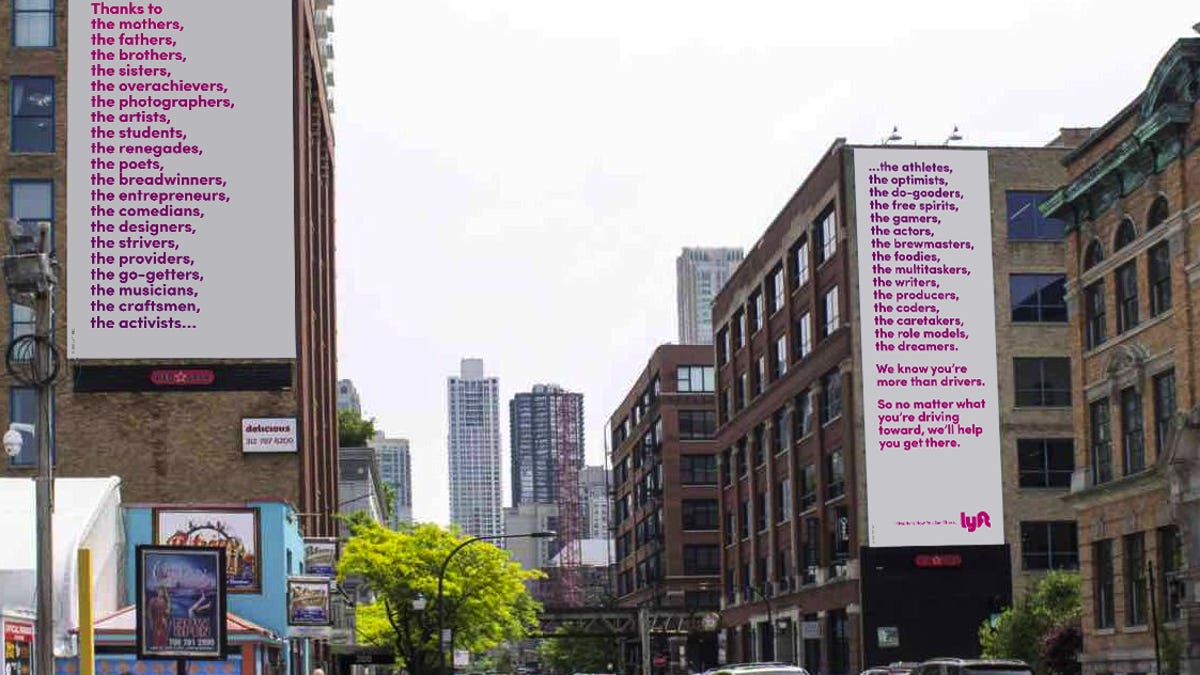Lyft wants staff to take a spin behind the wheel
The ride-hailing company now requires all eligible corporate employees to know what it feels like to drive passengers.
Melissa Waters decided to try something different a few months ago: She drove for Lyft .
She had the usual experiences of picking up riders and dropping them off. But she also had unexpected moments, like when she bonded with a passenger or met someone interesting. She also found driving tougher than anticipated.
"I was surprised at how hard it is," Waters said. "You have to navigate and take care of your passenger."
She wasn't moonlighting for extra cash.
As Lyft's vice president of marketing, Waters wanted to learn what it's like to sit in the driver's seat. But she's not the only Lyft executive to do stints behind the wheel. CEO Logan Green and President John Zimmer drive, too.
Soon, all of the company's 2,000-plus corporate employees will be required to spend at least four hours every three months experiencing what drivers do on a daily basis. These hours can be fulfilled by staffing driver-support calls, working in one of Lyft's driver hubs or being a Lyft driver. And all new hires will participate in the program as part of Lyft's on-boarding process. The aim of these new requirements is for corporate employees to better understand what drivers go through.
Lyft President John Zimmer sometimes moonlights as a driver. Here he's taking a selfie with passengers.
"You need to walk a mile in someone's shoes or drive a mile in someone's seat," Waters said.
"We really look at it as a virtuous cycle," she continued. "When you have great drivers and happy passengers, it all feeds back into each other."
The timing is no accident.
Over the last year, Lyft has amassed US market share and seen a surge in ridership. From January to October, Lyft said, it gave 500 million rides -- that's more than all rides in the previous four years combined.
But a good chunk of this growth has come thanks to Uber , which has experienced more than its share of scandals this year. Now, as Uber's new CEO works to clean house and the company rolls out its own efforts to improve relationships with drivers, Lyft may face renewed competition.
Still, many drivers see Lyft as the nicer, friendlier ride-hailing company. It's had in-app tipping for years, something Uber just added in June, and it's rolled out other improvements this year, like 24/7 phone support and scheduled pickups. By requiring eligible employees to spend time as drivers, it believes it can more fully understand drivers' needs.
One example is in car ownership. Damon Lawrence said he drove for Lyft last year as he was working on a business plan to open a hotel in Oakland, California. He didn't have a car at the time, but Lyft's "Express Drive" program let him rent a car on the cheap.
"It was perfect because I didn't have a vehicle, and it allowed me to make some money in the process," Lawrence said. "It gave me flexibility to take meetings, take calls and raise capital."
Ed, a longtime Lyft driver who asked that we not use his full name, said Lyft shows it appreciates drivers. When he hit a high number of rides, the company gave him an "expensive" black waterproof windbreaker, he said. And Lyft's destination filter, which lets drivers pick up passengers along their route six times a day, is a "big help," he added.
He also likes the idea of corporate employees spending time as Lyft drivers.
"Yes!" he said. "They will know the problems of the drivers."
First published Dec. 1, 6:00 a.m. PT.
Updated, Dec. 1 at 8:23 a.m. PT: Clarifies corporate driver program is for all eligible employees.
CNET Magazine: Check out a sample of the stories you'll find in CNET's newsstand edition.
Life, disrupted: In Europe, millions of refugees are still searching for a safe place to settle. Tech should be part of the solution. But is it? CNET investigates.


